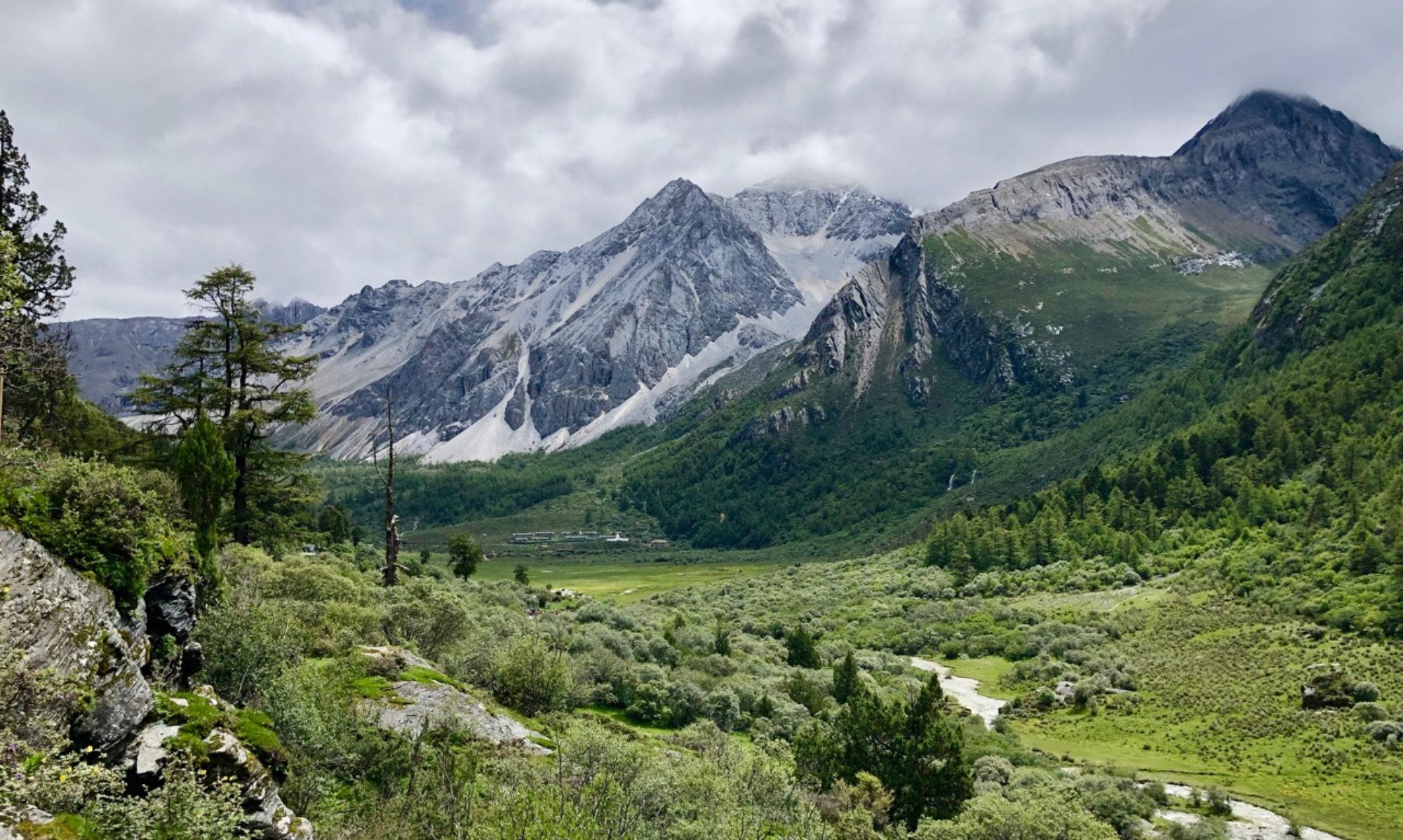Little is known of the life of Selkirk’s Isabella Tamson, known as “Tibbie”. A woman of simple mind, in 1790 she was accused of stealing a ball of yarn and summoned to trial. The thought of being considered a criminal proved too much to bear, and Tibbie hanged herself in shame – a crime in itself at the time, which forbade her from burial in consecrated ground. Sympathetic souls took her to a hillside outside the town and laid her to rest on a hillside where she could be persecuted no longer. This walk is a pilgrimage of sorts to find this poor woman’s peaceful grave.
Distance: 8 miles (including optional detour up Foulshiels Hill)
Time: 3 ½ hours
Start and Finish: Market Place, Selkirk (NT 47010 28500)
Access: Bus X95 stops in Selkirk.
From the Market Place in the centre of Selkirk, head along West Port and follow the road downhill passing the large stone gateway at the entrance to the Haining estate. Cross the bridge over the Ettrick water and continue along the pavement past the rugby club until you meet a junction with another road to the left. Cross this road, then leave the pavement through an opening in the wall to join a recently developed path celebrating a local celebrity of sorts.

Black Bob was a fictitious Border Collie who appeared in comic strips in The Dandy for almost 40 years between 1944 and 1982. Bob lived with his master in a small cottage near Selkirk, and along the path are various items depicting Bob’s adventures and the life of a shepherd.
After crossing a small footbridge, bear right at a road and cross a car park ahead to join a path signed “Corbielinn to the Three Brethren”. The rough track climbs steadily uphill through a stretch of woodland. As the path bends sharply to the left, the Corbie Linn – Corbie is a Scots word for crow and linn meaning waterfall– can sometimes be seen through the trees below.

As you emerge from the woodland, you will soon arrive at a small reservoir. Just before the reservoir, ford the Long Philip Burn and cross a stile to enter a field.

Follow the fence at the edge of the field along the edge the reservoir and then climb uphill alongside an old stone wall. At the top of the hill, you will reach a stile – cross this to find Tibbie Tamson’s grave. Beside it is a small plaque, inscribed with an epitaph to Tibbie.
“Where curlews cry and wild birds fly
Tibbie Tamson’s Epitaph
Tibbie thro’ the centuries lies
The stone is cracked yet bears the name
A witch, perhaps, but who’s to blame”

Cross back over the stile. To your right is another gate. This marks the start of a detour to the top of Foulshiels hill – the way is steep, and can be avoided for a shorter walk.
Start of detour
Pass through the gate, then through a second immediately on your right. Follow the wall on your right and, when it ends continue straight until you reach a broad track. Follow this uphill. Bear left at a fork, and follow the path around the edge of the flat boggy hilltop. There are several smaller cairns before the main one marking the summit itself. From here you have fantastic views of Selkirk, the Bowhill estate, the ruined Newark castle and the Three Brethren. Retrace your steps back to the gate near Tibbie Tamson’s grave.

End of detour
Follow the path downhill into the wood, ignoring a junction to the left. At the bottom of the hill, follow the path and pass through a gate to enter the edge of a field. Follow the stone wall on your left. Pass through a second gate and continue to keep to the wall until you reach a stile at a farm track. Cross the stile and follow the track downhill. Shortly before some farm buildings, take the turning to your right and pass through a five-bar gate.
The track continues along the edge of a field, then through another gate. Take a sharp left and through a third to enter a plantation. As you make your way through the trees, look off to your left to spot the small white shepherd’s cottage that was home to Black Bob.

The path bears right and arrives at a small iron gate and a stone track. Turn left and follow the track through the tall trees and eventually to some houses and a road. Cross the road and join a narrow path between the road and the field.
Though unremarkable in appearance, the fields here were the sight of the Battle of Philiphaugh. Part of the Wars of the Three Kingdoms (known south of the border as the more Anglocentric “English Civil War”), the battle saw the Covenanter army of Sir David Leslie defeat the Royalist army in 1645. Bear left and continue along the field side; numerous information boards explain the history of the battle.
As the path reaches Selkirk, keep the trees to your left and proceed along the edge of a football pitch. At the other side, turn right and continue ahead to a rugby pitch. Turn left here and follow the edge of the pitch past a small group of trees then meet the road again. A short distance along the road you will return at the entrance to Black Bob’s walk, from where you need only retrace your steps back across the bridge to the centre of town.


